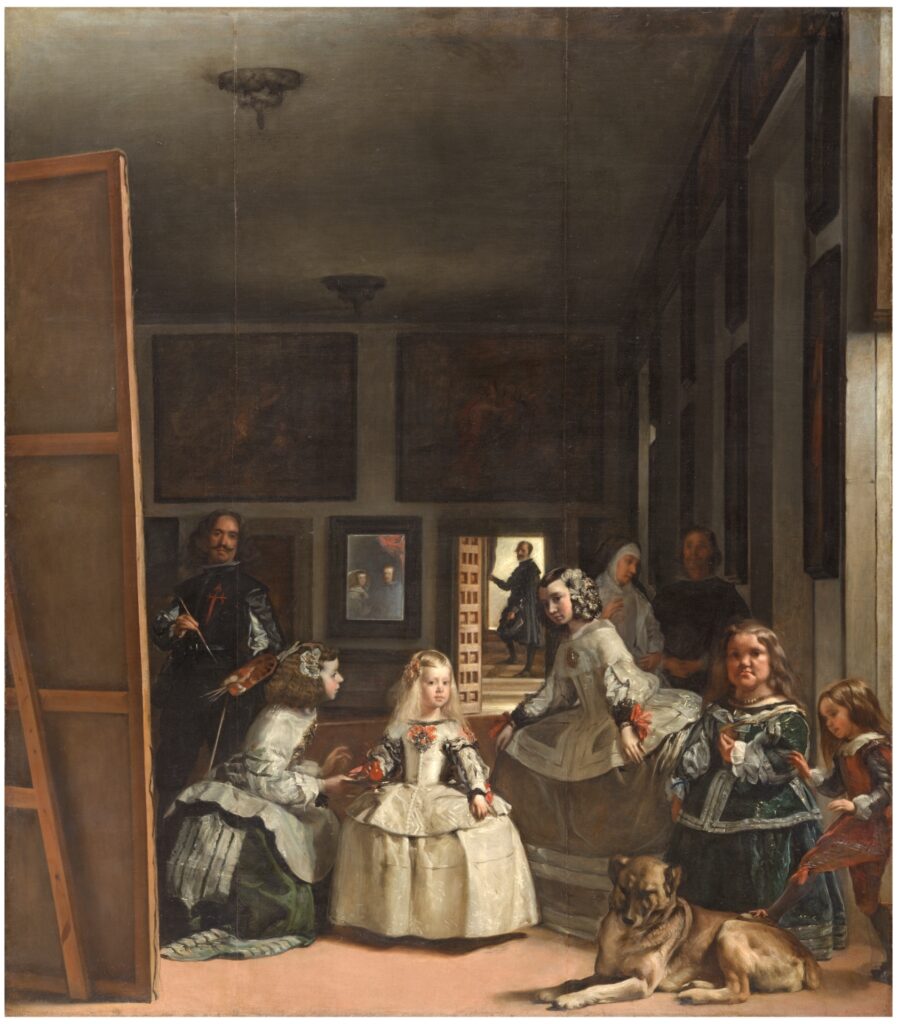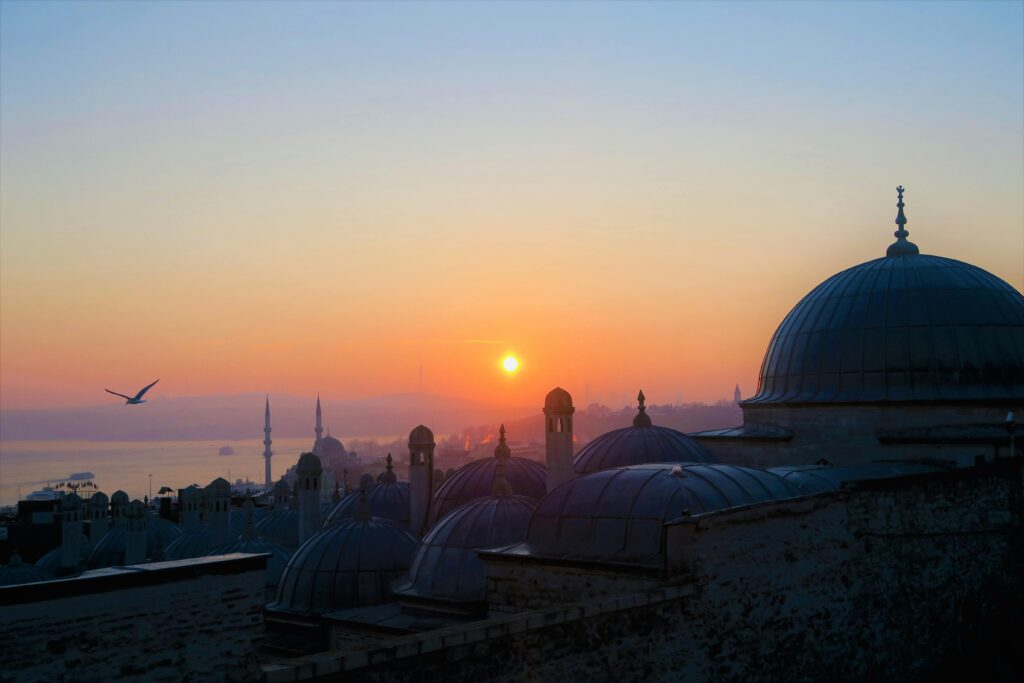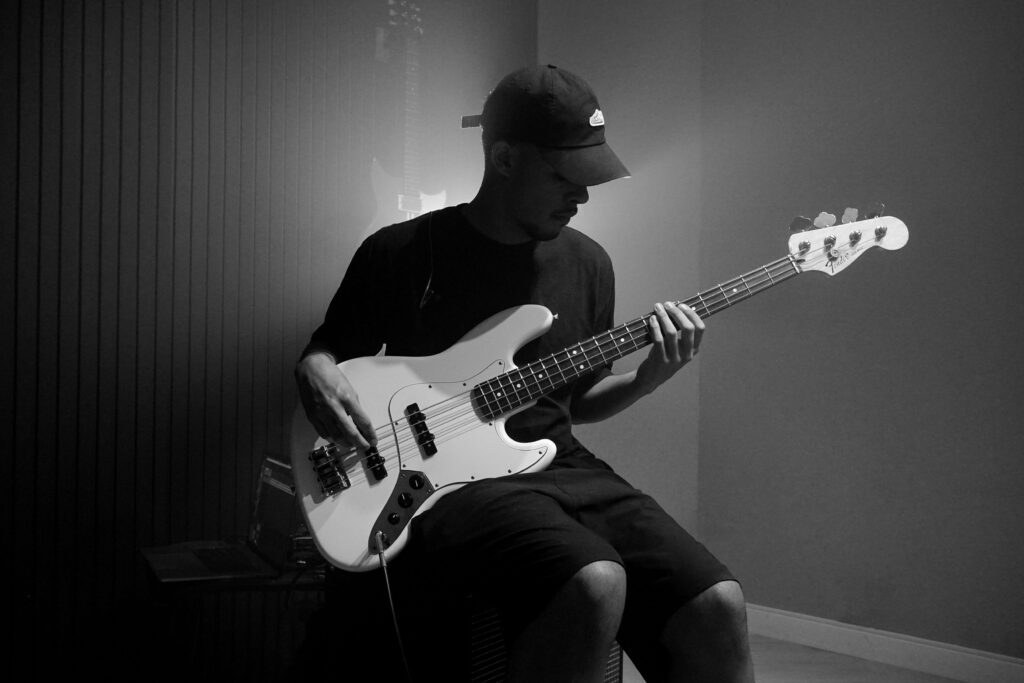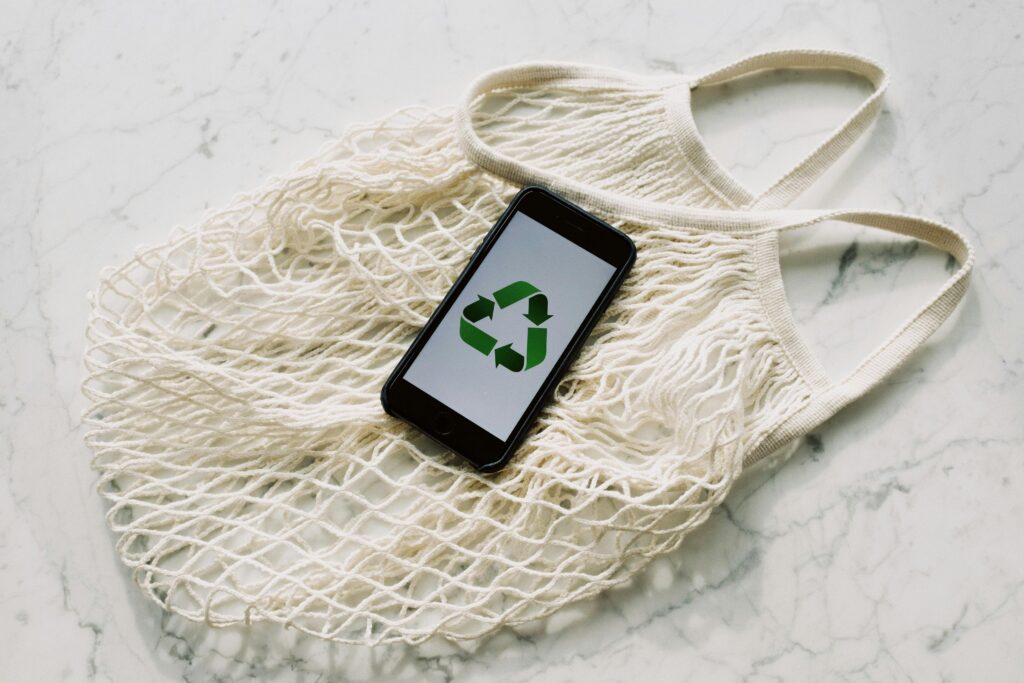Defying Conventions: Spain’s Historic Mavericks
The pulse of disruption runs deep in Spanish art. For centuries, Spain’s great maestros have not only redefined aesthetics but have also upended the status quo—challenging conventions and sparking dialogue. As we navigate 2025, that spirit of fearless innovation remains, blending a rich heritage with breakthrough ideas that inspire the next generation of disruptors.
When we talk about true disruptors, the names of Spanish artists echo loudly. Their revolutionary work laid the groundwork for thinking differently—not just about art, but about society itself.
- Diego Velázquez
Velázquez’s Las Meninas is more than a painting; it’s a masterclass in subverting perspective. By inviting us to question what we see, he disrupted traditional portraiture and created a dynamic interplay between observer and subject—a move that still resonates with anyone passionate about breaking boundaries. - Francisco Goya
Goya used his art to confront harsh realities head-on. With works like The Disasters of War, he peeled back the layers of society to reveal raw, unfiltered truths. His fearless approach to depicting human suffering and injustice paved the way for art to be a medium of social commentary and transformation. - Pablo Picasso
Picasso reimagined what art could be with Cubism—a bold, radical departure from established norms. His iconic Guernica challenges us to see multiple perspectives simultaneously, disrupting the conventional narrative and reminding us that art can—and should—mirror the complexity of our world. - Salvador Dalí: The Eccentric Genius
No conversation about Spanish art is complete without celebrating Salvador Dalí. With his surreal imagery and mind-bending concepts, Dalí turned art into an exploration of the subconscious. Works like The Persistence of Memory are not just visual feasts but invitations to reimagine reality. His unapologetically eccentric style broke free from tradition and continues to inspire those who dare to dream differently. Dalí’s legacy of challenging perception is a cornerstone for today’s disruptors, proving that embracing the unconventional can lead to groundbreaking innovation. - Joan Miró
Miró’s playful abstractions and bold use of color pushed the boundaries of artistic expression. His work, much like Dalí’s, invites us to look beyond the ordinary, urging a creative leap into the unexpected—a testament to the enduring power of disruptive thought.
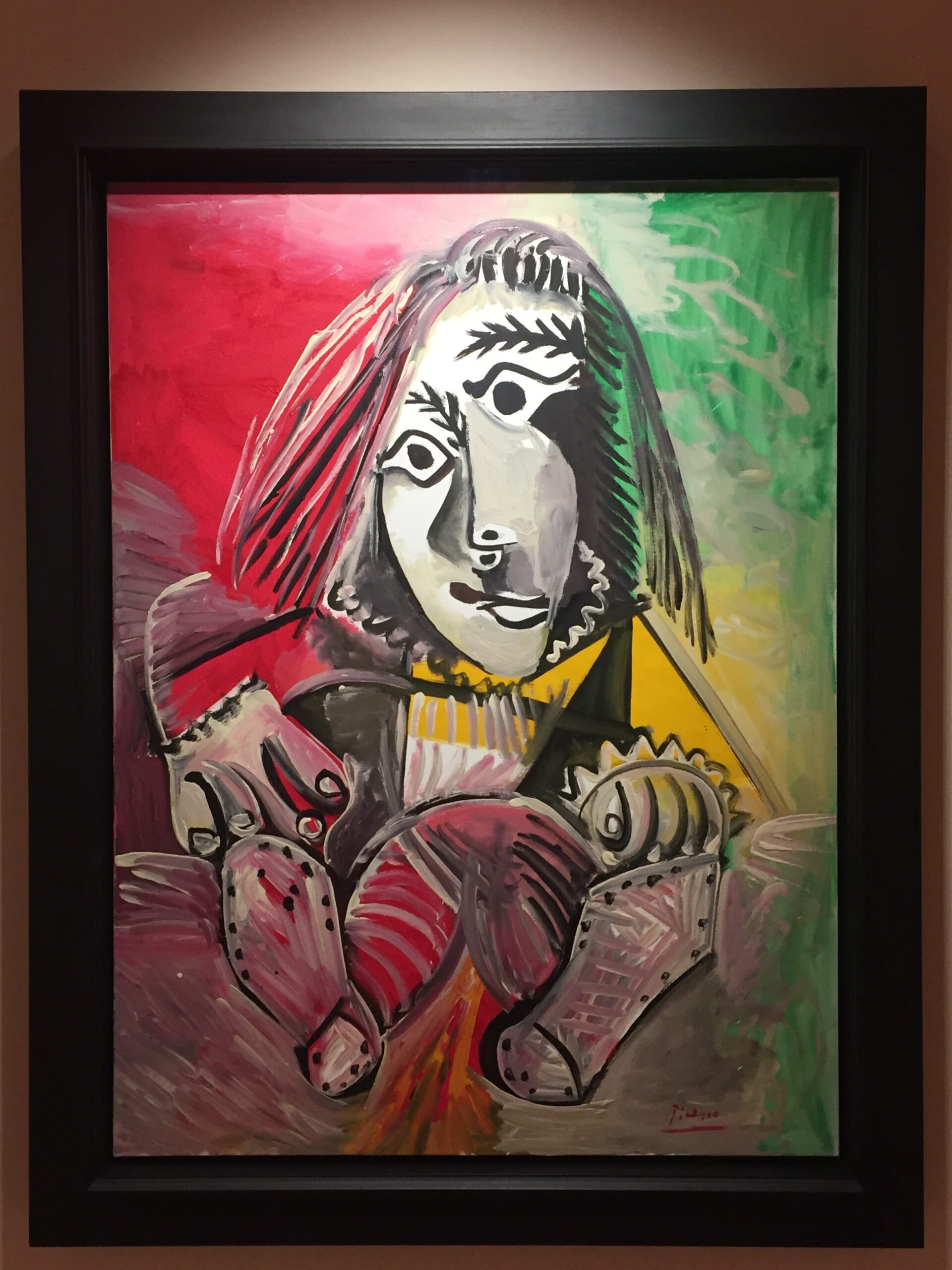
Guardians of the Legacy: Spanish Art Institutions
The impact of these artists is not only measured by their revolutionary work but also by the institutions that preserve and celebrate their legacies. Across Spain, museums stand as vibrant custodians of this heritage. The Museo del Prado offers a stunning collection of Spain’s classical masterpieces, while the Museo Reina Sofía champions modern and contemporary works. Meanwhile, the Museo Picasso Málaga and the Salvador Dalí Theatre-Museum provide immersive experiences into the lives and visions of two of Spain’s most influential artists.
Spanish Art in 2025: A Fusion of Heritage and Disruption
Fast forward to today, and Spanish art is thriving in a way that honors its storied past while boldly embracing the future. In 2025, contemporary Spanish artists are at the forefront of a creative revolution—merging time-honored techniques with digital innovation.
- Digital Renaissance Meets Traditional Craft
Modern Spanish creators are harnessing cutting-edge technology—augmented reality, interactive installations, and virtual galleries—to breathe new life into classical art. These digital experiences don’t replace the past; they amplify its legacy, inviting global audiences to engage with art on an entirely new level. - Sustainability and Social Impact
Today’s art is as much about cultural expression as it is about challenging societal norms. New voices in Spanish art are weaving themes of environmental sustainability and social justice into their work, echoing the bold social critiques of Goya while crafting a future that values inclusivity and accountability. - Redefining the Gallery Space
With the rise of digital platforms, Spanish art is breaking free from the confines of traditional galleries. Artists are leveraging online spaces and immersive technologies to create dynamic, interactive experiences that democratize art—making it accessible to disruptors and visionaries around the globe.
A Personal Reflection: The Heartbeat of Disruption
I’ve always been captivated by the relentless spirit of Spanish art. Each brushstroke from Velázquez, every somber hue of Goya, the radical forms of Picasso, and the surreal visions of Dalí remind me that innovation thrives when we dare to challenge norms. As I explore modern exhibitions—both in physical spaces and digital realms—I feel a deep connection to these historic disruptors. Their legacy is not a relic; it’s a living, breathing force that fuels my own creative journey.
Looking Forward: The Future Is Now
In a world where technology and tradition converge, Spanish art in 2025 stands as a beacon for innovators everywhere. It’s proof that disruption isn’t confined to the tech world; it’s at the very core of creativity. By reimagining the boundaries of what art can be, today’s Spanish artists are crafting a narrative that is as inclusive and dynamic as the society we live in.
For those of us who believe in the power of disruption, Spanish art offers a timeless lesson: the courage to reinvent, the will to question, and the vision to see beyond the ordinary are the true drivers of change.
